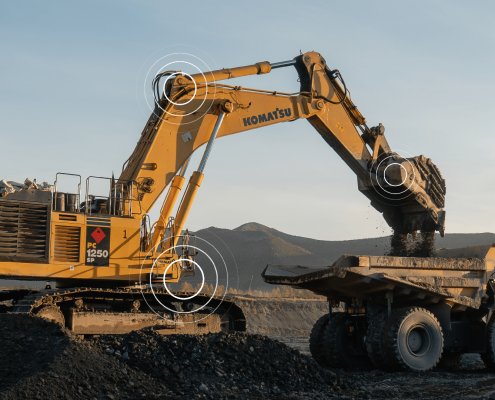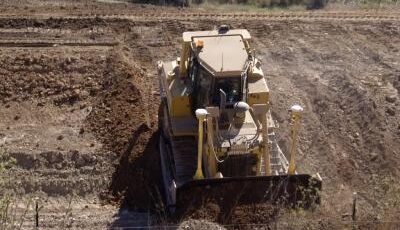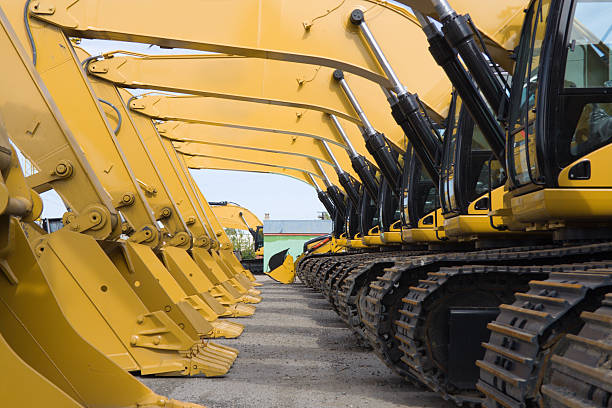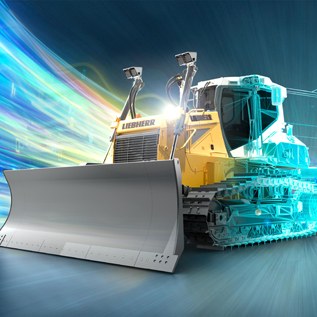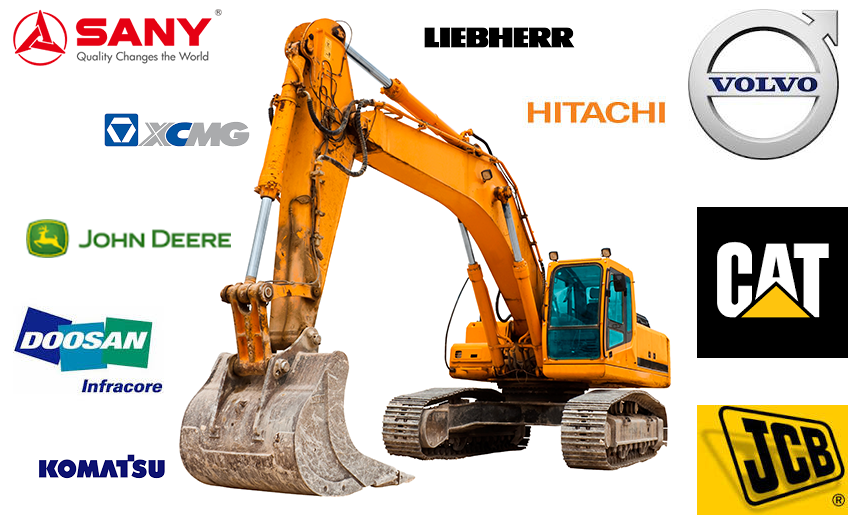Executive Summary
Sy-Klone International is a renowned manufacturer of advanced air filtration systems, with a particular focus on pre-cleaners. Their pre-cleaners are designed for heavy-duty machinery, playing a crucial role in extending air filter life and enhancing engine performance. This report provides an overview of Sy-Klone pre-cleaners, their functioning, applications, benefits, and potential areas for improvement.
Introduction
Sy-Klone pre-cleaners are engineered to remove contaminants from air before it enters the air filter or engine. These devices are particularly vital in environments with high levels of dust, debris, and particulate matter. They serve various industries, including mining, construction, agriculture, and forestry.
Product Overview
Technology and Function
- Ejective Airflow Technology: Sy-Klone’s pre-cleaners utilize a patented technology that ejects debris and dust from incoming air.
- Centrifugal Force: The design creates a vortex, which separates heavier particles from the air using centrifugal force, expelling them before they reach the air filter.
Models
- Series 9000: Designed for heavy-duty applications, it handles high dust loads and is versatile for a range of equipment.
- RESPA-CF and RESPA-SD: These models are advanced filtration systems combining pre-cleaning with filtration and pressurization, ideal for cab environments.
Applications
Sy-Klone pre-cleaners are used in a variety of heavy machinery including:
- Construction equipment like excavators and bulldozers.
- Agricultural machinery such as tractors and combine harvesters.
- Mining equipment, including drill rigs and haul trucks.
Benefits
- Extended Air Filter Life: By removing the bulk of contaminants, the pre-cleaners significantly extend the life of air filters.
- Reduced Maintenance Costs: Less frequent filter changes and maintenance requirements.
- Improved Engine Efficiency: Clean air intake improves engine performance and efficiency.
- Adaptability: Suitable for a wide range of industrial applications and environments.
Challenges and Areas for Improvement
- Installation Complexity: Certain models may require professional installation and modifications to existing systems.
- Cost Consideration: Initial investment cost may be a consideration for small-scale operations.
- Compatibility: Ensuring compatibility with a wide range of machinery models and types.
Conclusion
Sy-Klone pre-cleaners represent a significant advancement in air filtration technology for heavy-duty machinery. By effectively removing contaminants before they reach the air filter, these systems not only protect the engine but also reduce maintenance costs and downtime. As industries continue to operate in increasingly challenging environments, the role of advanced filtration systems like Sy-Klone’s pre-cleaners becomes ever more critical.
Recommendations
- Adoption: Industries operating in dust-intensive environments should consider integrating Sy-Klone pre-cleaners into their machinery.
- Research and Development: Continuous innovation in design and technology to improve efficiency and compatibility.
- Customer Education: Enhance customer awareness regarding the long-term cost savings and efficiency benefits.

